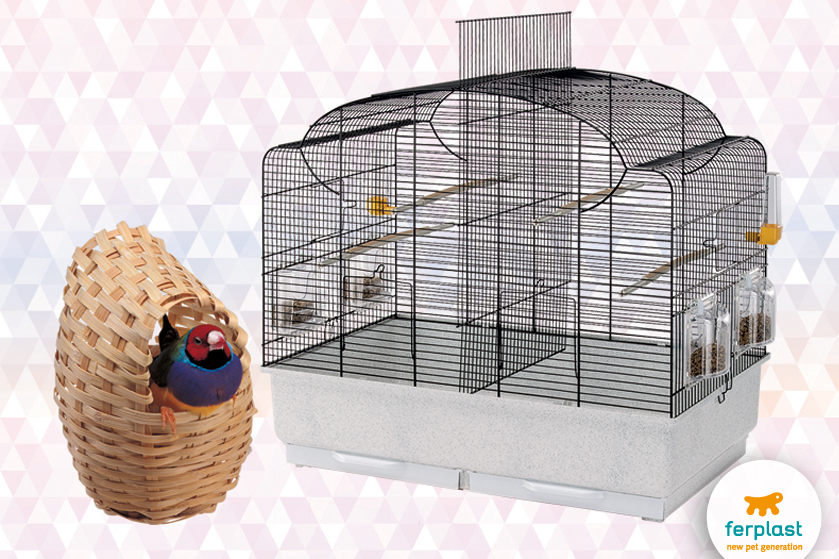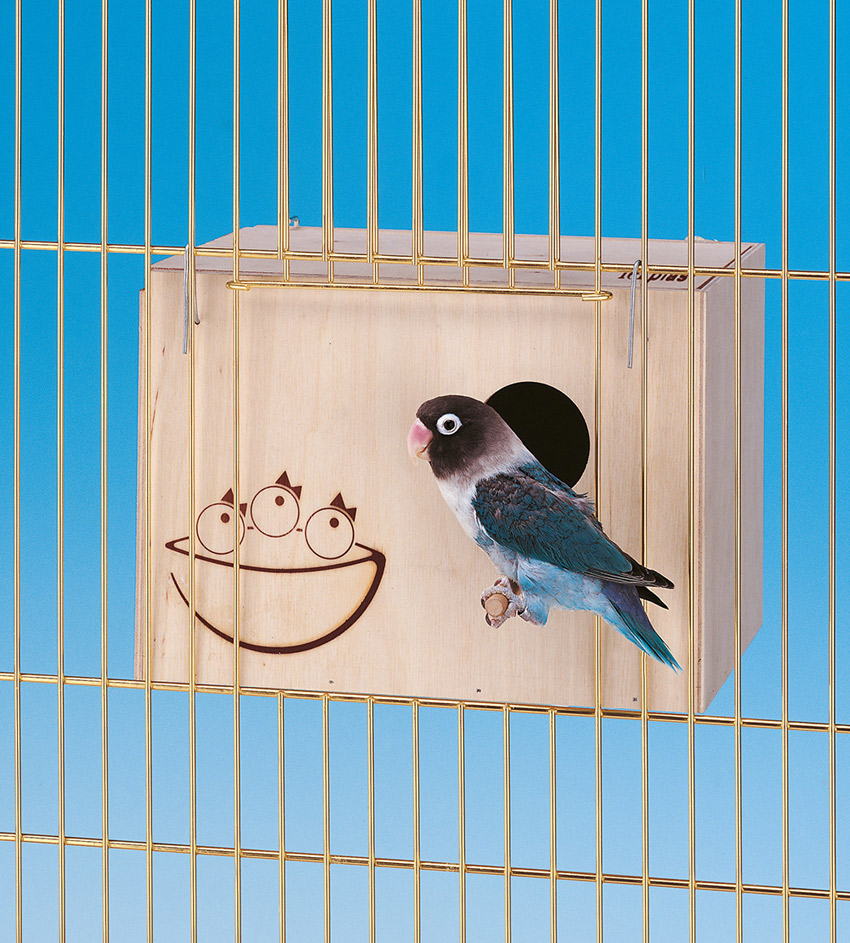The song went “Love is in the air”, and during this time of the year, we’re as romantic as ever. Mating season is coming up for several animal species, including canaries. Let’s try to understand how to behave to promote mating and to prepare their cage for brooding and hatching.
The most suitable period for reproduction for birds in general, and therefore for canaries as well, is dictated by the amount of sunlight during the day. Birds need at least 13 hours of sunlight per day, as it stimulates the sexual hormones that drive animals into mating. The most suitable period ranges from mid- to late March. It’s better not to alter the natural light to which our love birds are exposed; keep them in a room where the windows are always left open, or outside, in a sheltered place, now that temperatures are not so chilly.
The male and the female canaries can stay together all year round, but if there are other specimens in the same cage, they must be kept apart, separated as couples (or, if you have only one couple and their characters are incompatible, keep them separated). For this precise purpose, there are cages with an internal separator that can be installed or removed as needed, such as Ferplast’s Canto cage. The separator is very useful throughout the reproduction phase: during courting, mating, egg laying, brooding, and hatching.
In March, put the wooden or wicker nests in place. The canary nest must be closed, with an access opening, allowing the female to nest in peace. The lady canary herself will take care of arranging it and lining it with jute strands you should make available to her. Sometimes helped by the male, the female is in charge of preparing the nest to perfection.
Once the female is ready, she’ll lay an egg a day, for a maximum of six. It’s also important to take care of replacing the true eggs with fake ones during the laying week. This will provide all eggs with a chance to survive, something that practically never takes place if the eggs are not replaced: the first eggs to be laid are also the first ones to hatch, and the early birds will be larger than the young ones. Parents normally invest (i.e. feed) more on the strongest ones, which means the weaklings usually don’t survive their very first days. To make sure all eggs hatch together, each recently laid egg should be replaced with a fake one, taking care never to leave the nest empty. Once the six days of laying are over, put the real eggs back in place and allow the female canary to brood them in peace.
Then all you have to do is wait for nature to do its thing and watch as the new little heads hatch out from their eggs.



